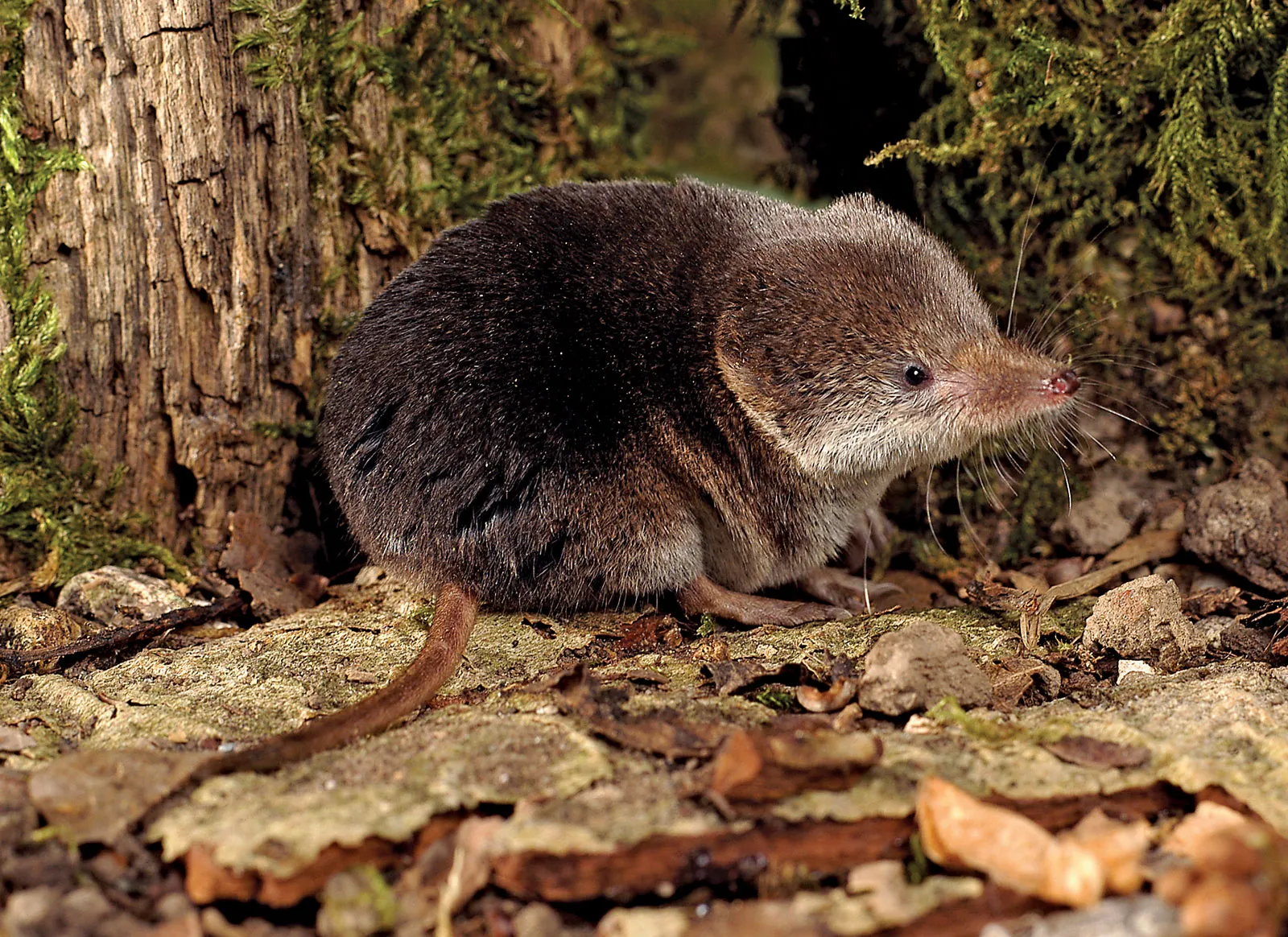modelcampusa.com – Shrews, often mistaken for mice, are small, fascinating mammals with a unique place in the animal kingdom. These tiny creatures, belonging to the family Soricidae, are known for their high metabolism, voracious appetites, and distinctive long snouts. This article delves into the intriguing world of shrews, exploring their various species, natural behaviors, ecological importance, and their interactions with humans.
Shrew Species: A Diverse Family
There are over 300 different shrew species, found on every continent except Australia and Antarctica. Some of the most well-known include:
- Common Shrew (Sorex araneus): This is one of the most widespread shrew species in Europe.
- Pygmy Shrew (Sorex minutus): This is one of the smallest mammals in the world.
- Water Shrew (Neomys fodiens): This is a semi aquatic shrew species with specialized adaptations for swimming.
Natural Behaviors: High Metabolism, Echolocation, and Venom
Shrews are naturally active creatures with specific behaviors:
- High Metabolism: Shrews have an extremely high metabolism, requiring them to consume large amounts of food relative to their body size. They must eat almost constantly to survive.
- Echolocation: Some shrew species, such as the water shrew, use echolocation to navigate and find prey in their environment.
- Venom: A few shrew species possess venomous saliva, which they use to subdue their prey.
Ecological Importance: Insect Control and Food Source
Shrews play an important role in the ecosystem:
- Insect Control: Shrews are voracious predators of insects and other invertebrates, helping to control populations of these animals.
- Food Source: Shrews serve as a food source for various predators, such as owls, hawks, and snakes.
Shrews and Humans: Interactions and Misconceptions
Shrews are generally not considered pests, although they may occasionally enter homes in search of food. They are often mistaken for mice, but they can be distinguished by their long snouts and smaller eyes.
Conclusion
Shrews, with their unique adaptations and important ecological roles, are fascinating creatures that often go unnoticed. Whether you’re a nature enthusiast or simply curious about these small mammals, understanding their natural history can deepen your appreciation for the diversity of life on Earth.
